“I follow the arrows, and when my feet hurt, I stop. What more do I need?”
Our group of pilgrims sits at a circular table made of stainless steel in a nameless town in Spain, a fresh round of beers in front of us. As Carol argues her case for why the Camino is so simple, I can’t help thinking back over the days I’ve walked so far.
At first glance, they all seem to meld together.
Each day, there are asphalt roads and upward slopes littered with stones; hedgerows bursting with blackberries and rusting train tracks. There are bright stars and a brighter sun; threatening rain clouds and crisply defined puddles, nestled in the mud.
There are red plastic chairs outside village cafes and creaking bunk beds in soporific dorm rooms; slices of white bread and perpetual glasses of wine littering restaurant tables; bunches of fresh lavender and handfuls of sticky grapes from a kind stranger’s back garden.
And while there are hours where every part of my body aches, there are just as many moments where I’ve never felt happier, freer, or more alive.
But what is life really like as a pilgrim?
As Carol pointed out, two things are indeed crucial to any pilgrim’s daily life on the Camino: our feet are undoubtedly our most valued and looked-after possession, and we constantly look out for arrows, marked in anything from yellow paint to freshly fallen conkers.
But there’s so much more that goes into walking the Camino than just arrows and feet. While many elements seem bound to repeat themselves day in and day out, there’s actually a finely tuned system at work, and every pilgrim adapts themselves to it.
Sooner or later.
Waking up early in the dark.
At around 6am, my eyes open. Sometimes it’s later or earlier; sometimes the result of my cheap Casio watch incessantly beeping on my wrist, or when I hear other pilgrims shuffling and moving in the dark.
Before my body moves out of my slippery sleeping bag, I am stretching. There’s a tightness in my calf muscles and a clicking feeling in my hip, both immediately registered as potential hazards for the coming day. Then to the toes, which cautiously twitch. A few of them feel a bit numb, but after being encased in heavy boots that’s become a familiar sensation and doesn’t alarm me.
Stepping onto the bunk bed ladder is slightly more painful though. The sudden pressure on the balls of my feet after eight hours of freedom causes me to wince.
Crouching at my backpack, I pull out an array of pre-packed Ziploc bags; one with toothbrush, paste, face moisturiser, and another with various paraphernalia for feet. The one for showering stays buried – early morning showers aren’t part of my Camino mornings.
The move from bed to bathroom to bed again is like a dance, conducted in the darkness around the other still sleeping bodies. I grab the day’s clothes, already laid out the night before on the edge of my bunk, slip into my sandals at the foot of the bed and tiptoe outside to the bathrooms for a hasty teeth brush and clothes change.
Back in the dorm, I pack away everything except my footcare kit – scissors for cutting thin strips of medical tape, a tin of Vaseline, a tube of moisturiser and the terrifying needle and thread for blisters – and I get to work.
I tape up the toes with the most blister-potential, then cover my feet with two layers of Eucerin cream and Vaseline, followed by thin sock liners and merino hiking socks.
Heaving my pack onto my back, I grab my hiking boots from the shoe racks outside the dorms – usually making a quick dash back into the dorm for my walking pole, which I’ve invariably forgotten – and head downstairs to the kitchen.
First breakfast and beginning to walk.
Breakfast often feels like we’re in the military. Sometimes it’s a simple and speedy meal of bananas and yoghurt; other mornings there’s a hurried feast of biscuits and cake. Many of these meals are lit by soft light, torches and headlamps, accompanied by whispered voices and slow movements.
If there are cyclists preparing for a day’s ride, I watch open mouthed as they fold multiple slices of cured meat onto hunks of bread, munch into whole peppers and tomatoes, and make tiny, elaborate sandwiches with dry crackers and tins of fish.
Once the decision to leave is made, the pilgrims move quickly. Head torches find themselves on foreheads, fleeces and jackets are zipped, Buffs cover necks and mouths.
I quickly plait my hair, jam my glasses onto my face, and usually forget my stick for a second time.
Then, we’re outside.
My first few steps are careful and calculated. Though I can’t speak for other pilgrims, I always notice my body analysing itself; keeping track of how tight my laces are, where the pressure sits on my feet, how the weight of my pack feels against my shoulders, whether I’m working up a sweat.
Some mornings call for gloves, while others prompt me to roll my sleeves above my elbows within the first ten minutes of walking – which is when I know I’ll soon be stopping to strip off a layer.
We scout for arrows in the darkness. Most of my earliest mornings occur when I’m with a contingent of others whose eyes are sharper than mine; walking whichever way the group decides lets me relax into their pace.
These quiet mornings are my reflective time.
Soon, the sun rises over the horizon. Sometimes it’s clean and fresh, the sunlight streaking bright colours across the sky; sometimes the fog lies low against the damp grass.
Daylight and increasing body heat prompts us to take off fleeces and unzip the bottoms of trousers, while the distinct grumble of various stomachs lets us know that the next little cafe we pass will undoubtedly have our name on it.
First stop = cafe con leche & second breakfast.
The sight of anorak-clad figures sipping coffee in plastic chairs is a welcome one. Our backpacks and walking sticks are hastily propped up against stone walls and I join a queue of patient coffee lovers, scanning my eye across the countertop for sugary pastries, crusty bocadillo sandwiches or reassuringly thick slices of potato filled tortilla.
One of the beautiful things about walking a half marathon each day is being able to eat everything you fancy, at whatever time you like.
Sipping on a cafe con leche is the first moment where I feel truly awake. The caffeine may partly be a placebo, but I’m sure that my Spanish flows more quickly and I often feel so energised that I could probably keep a jogging pace with the cyclists.
I don’t, though.
On the move again, I walk along highways and through farmland; wave to passing farmers and make friends with the cows; gasp at the scenery, and gasp more as I climb a hill. If the weather’s good enough, I put suncream on my nose, cheeks and the back of my neck.
When the route passes through a little village, I fill up water bottles from public fountains, and put my head round the door of small churches, the hit of my pole against the stone floor sending echoes around the tiny space.
Sometimes there is rain. Hands and thighs and glasses get wet; backpack covers are hastily grabbed for. We rarely take shelter, though – most pilgrims I walked with saw walking in the rain as a rite of passage.
The day’s discoveries.
Although it sounds horribly cliche, each day on the Camino provides something new.
I notice that I mark the day’s distance by checking my watch instead of the number of kilometres left to walk. The first two hours I usually manage 5km an hour, but there’s a gradual decline until lunchtime, after which I manage 4km an hour max.
I discover that my body and its capabilities are acutely affected by caffeine, water and sugar. My initial energy spike from second breakfast’s cafe con leche fades, and there are sudden moments when every step is sluggish and my brain turns to mush.
I slowly realise that’s the cue to stop for a few biscuits or grab a cup of tea in a nearby bar, take off my shoes and massage my feet; and when I set out ten minutes later it’s like I’ve just begun my day all over again.
I pick up on sensory details, realising that I see shades of purple in the rocks, the flowers, and the heather. The air is clean and the fog feels deliciously strange against my skin. I take stock of the clouds of birds that erupt from treetops, watching the clouds for a hint of bad weather.
By early afternoon there is a rhythm I fall into, whether I’m walking with others or by myself on the road. A firm planting of my stick’s metal point into the shallow earth of the verge; an awareness of my breathing.
The aching in my feet kicks in around the 18km mark. Sometimes I stop for a caña of beer to aid the last remaining kilometres; sometimes the socks come off and the sun dries the sweat and tender skin.
Some afternoons are worse than others, and I can be seen limping along as I will my pain to travel up from my feet and spread out through the rest of my body instead. Entering a town is blissful, and an unexpected spike of energy often spurs me on until the door of my accommodation for the night.
Arriving at the albergue.
Checking in at the albergue requires my official passport, my ‘credencial’ – fold-out paper Pilgrim Passport – and a fee for a bed. The receptionist hands me a loosely fitted sheet made from some kind of crepe paper and directs me to the dorms.
I find my bunk, stretch out the paper sheet over the mattress and lay out my crumpled sleeping bag, followed by unpacking most of the contents of my backpack.
With my Ziploc bag of shower gear and a clean change of clothes, I head off to the showers. If the cubicles have curtains, I’m happy. If the water’s hot, I’m happier. If there’s no infernal push button to switch the water on, I’m happiest. Sometimes people sing and sometimes there are queues of equally sweaty, tired pilgrims. I try to be quick.
Squeaky clean and back in the dorm, decisions have to be made. If the albergue has a reasonably priced dinner menu cooked on-site I might eat that; but usually I’m more than ready for my biggest meal of the day at a nearby restaurant.
Most serve a pilgrim menu of soup, bread, a heaped plate of rice and meat, and a small and overly sweet dessert. Sometimes there is coffee, but there is always wine.
Afternoon activities.
The free hours before bed are the most malleable of the day. They could involve washing underwear and socks in the sink, hanging them out to dry on a line if there is one, or on any available space if there isn’t.
Time might also be spent drinking copious rounds of coffees and beers with new friends; heading to the local sights or festivals; wandering around town and stopping at the supermarket for breakfast supplies and snack food.
But the most common afternoon activity for pilgrims is simply to take it easy: playing cards, chatting, writing diary entries, and generally winding down.
Bed time.
The doors to many albergues are locked by 10pm – which already sets a precedent for how late pilgrims stay out each night. Usually it doesn’t matter much, as every dorm room is half full of sleeping figures by 9pm. ‘Early to bed and early to rise’ is a common attitude on the Camino.
I spend the last minutes of my day checking my feet for blisters, sorting out my bag and laying out clothes for the morning. Then the ear plugs go in, my eye mask goes on, and it’s time to sleep.
Daily Camino life: anything but typical
Though I may be able to distill daily Camino life into a single (albeit long!) article, each day on ‘The Way’ is so acutely different to my normal life that I never get tired of it.
In fact, I’m already planning the next time I can wake early, walk 20km or more, or less, stop in a small Spanish town or village, spend the afternoon chilling, and go to bed: free from stress and focused only on the journey at hand.
Then wake up and do it all over again.

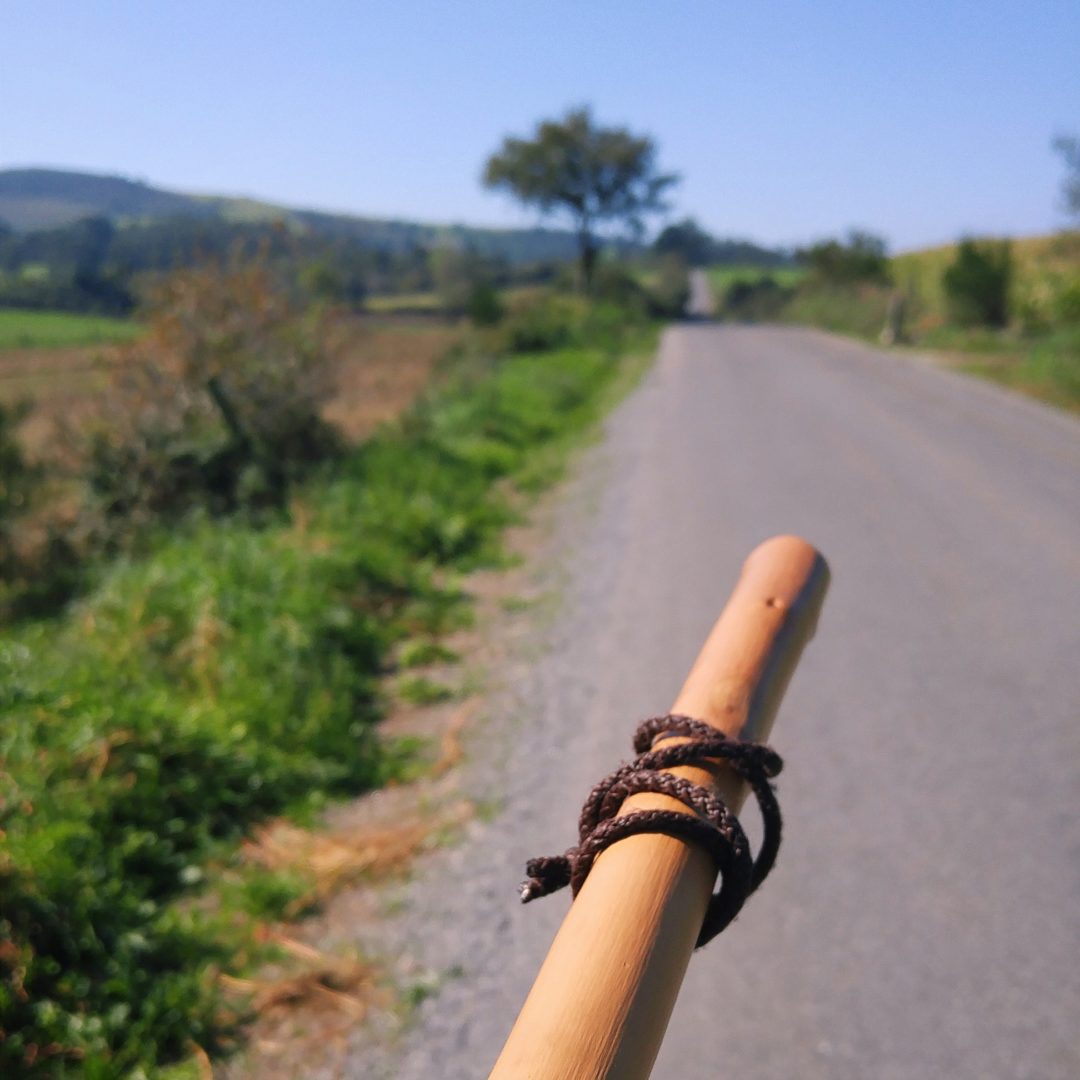
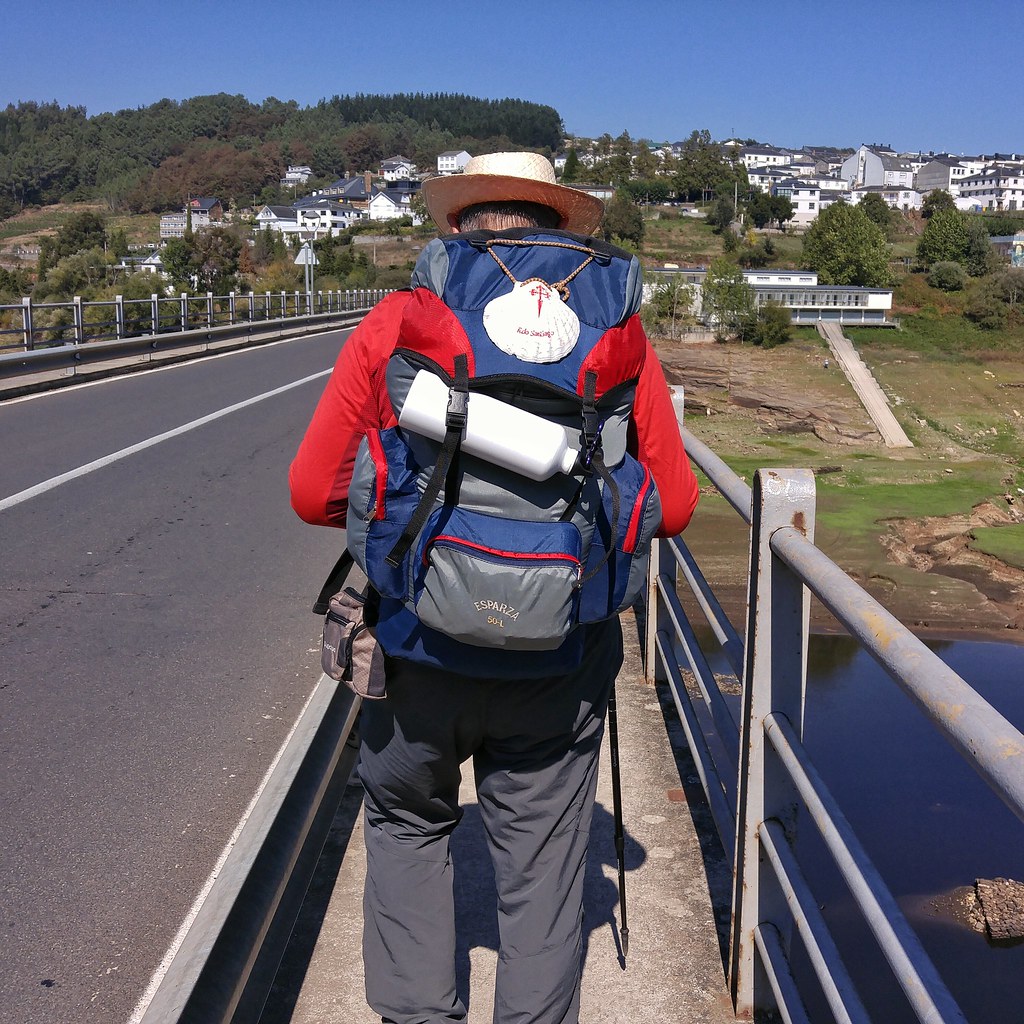
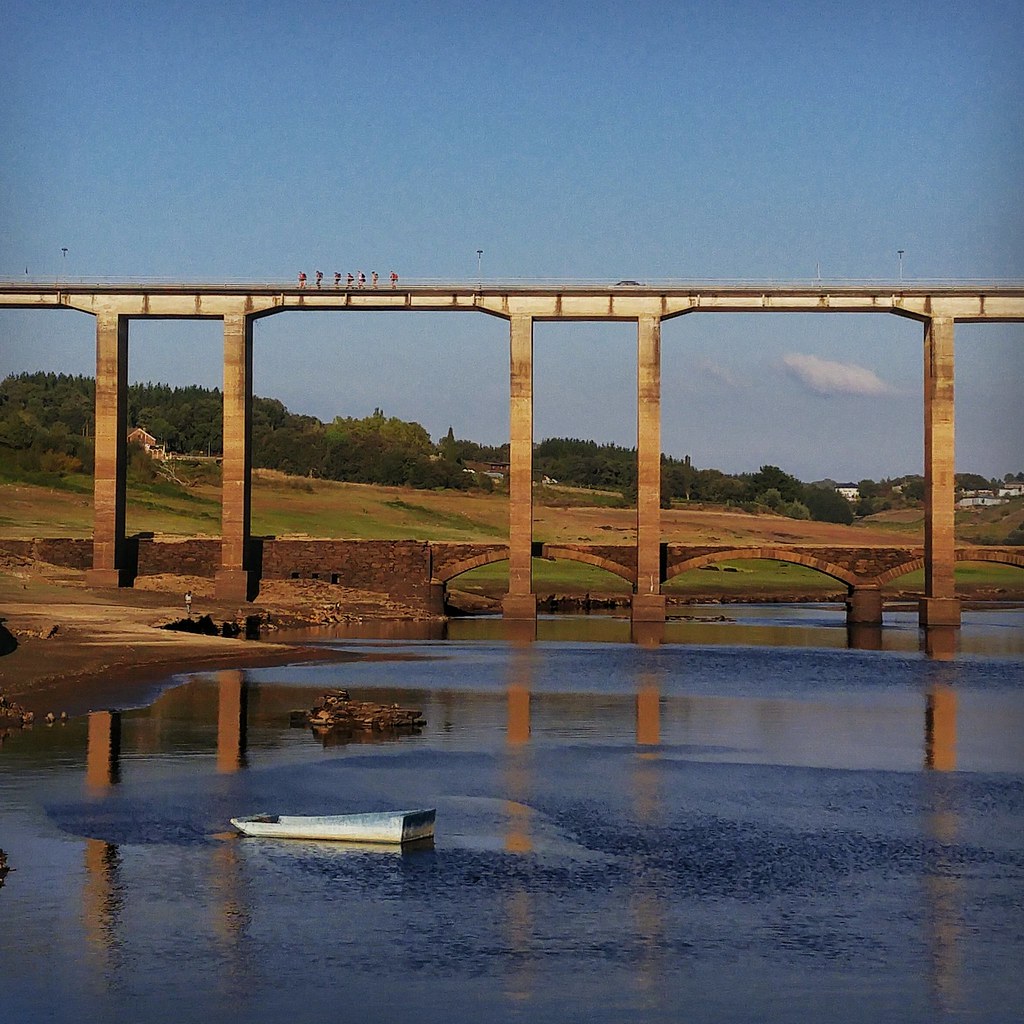
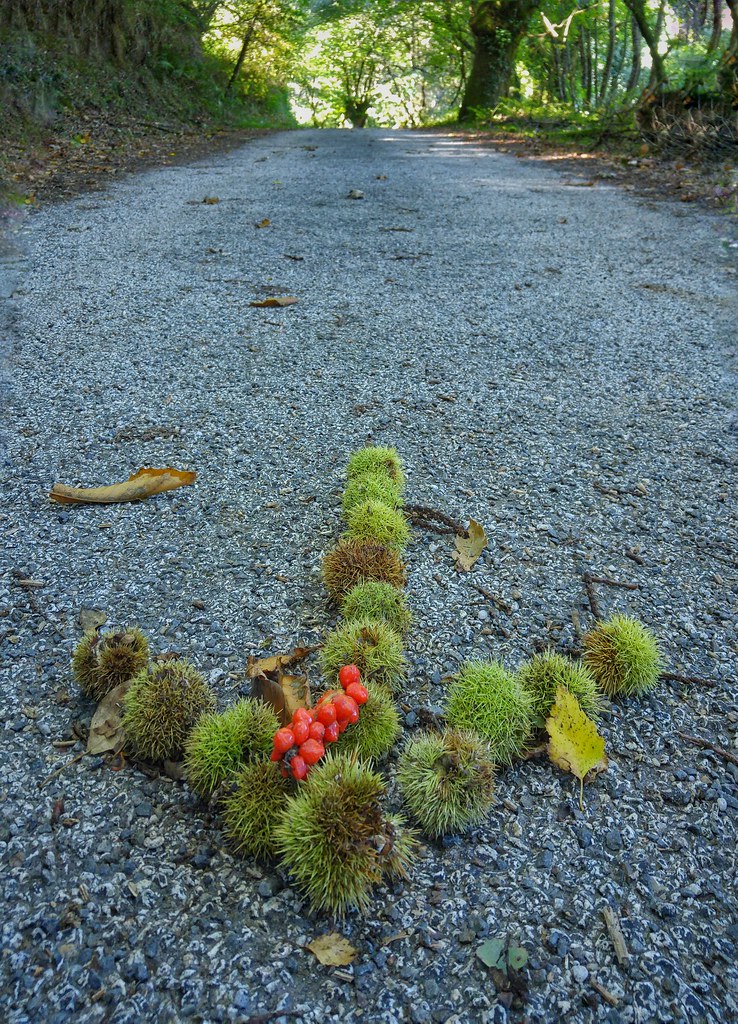
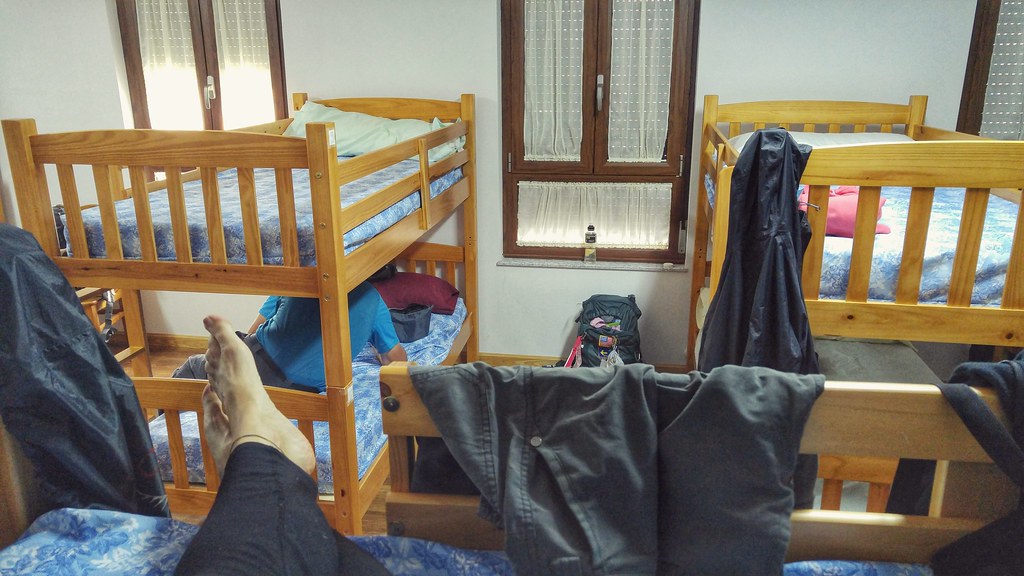
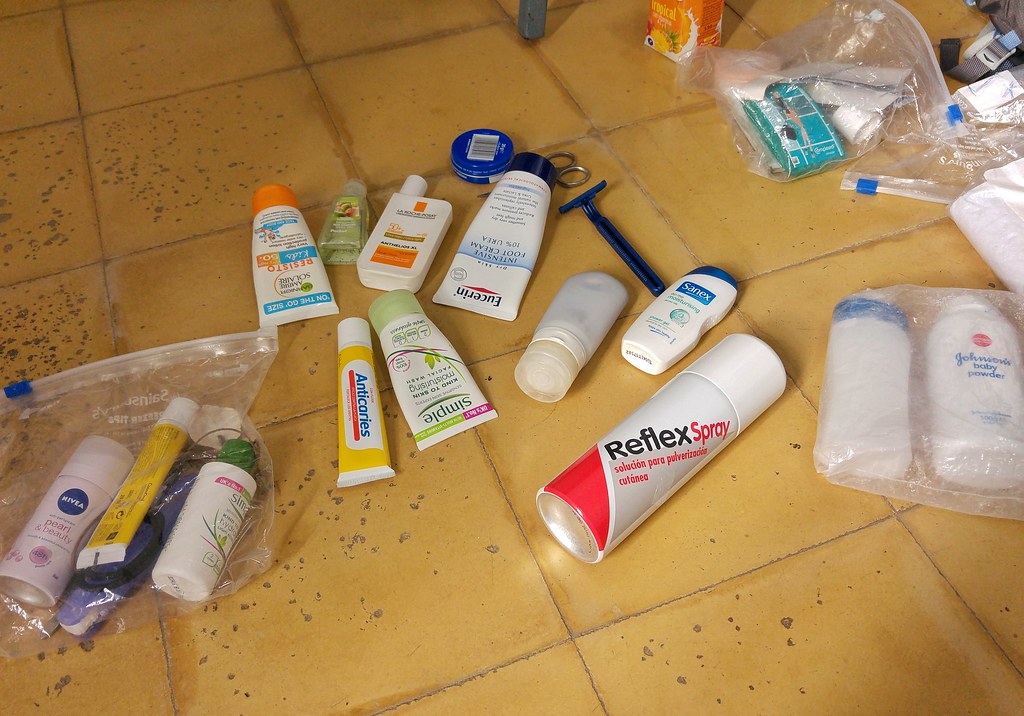
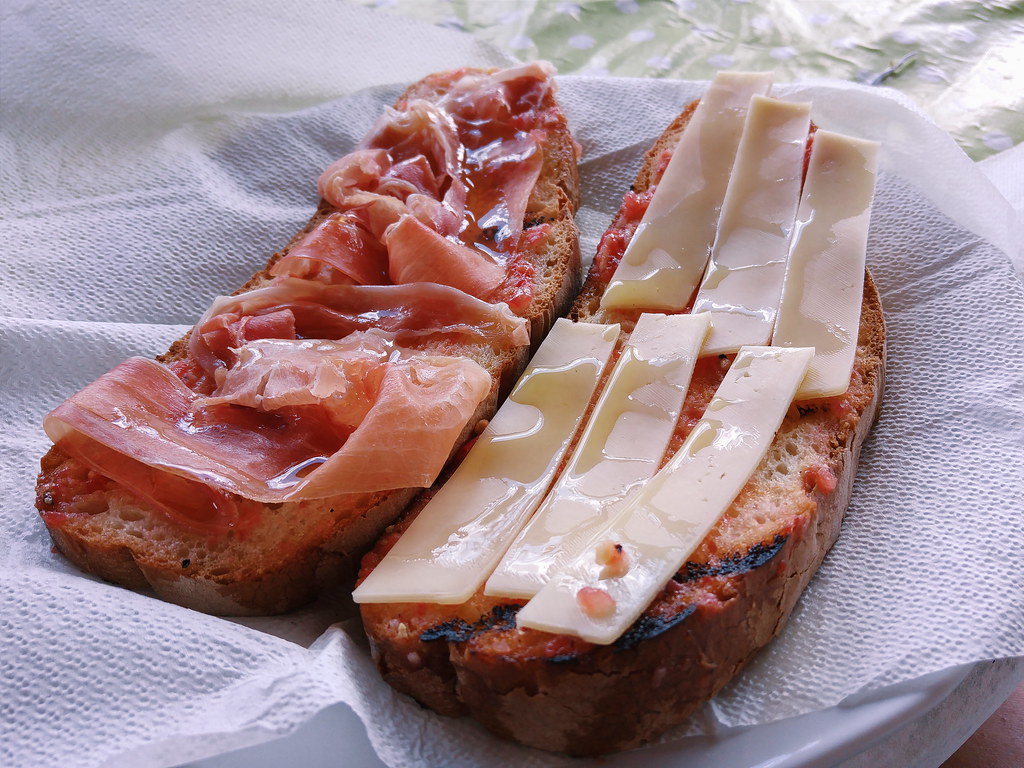

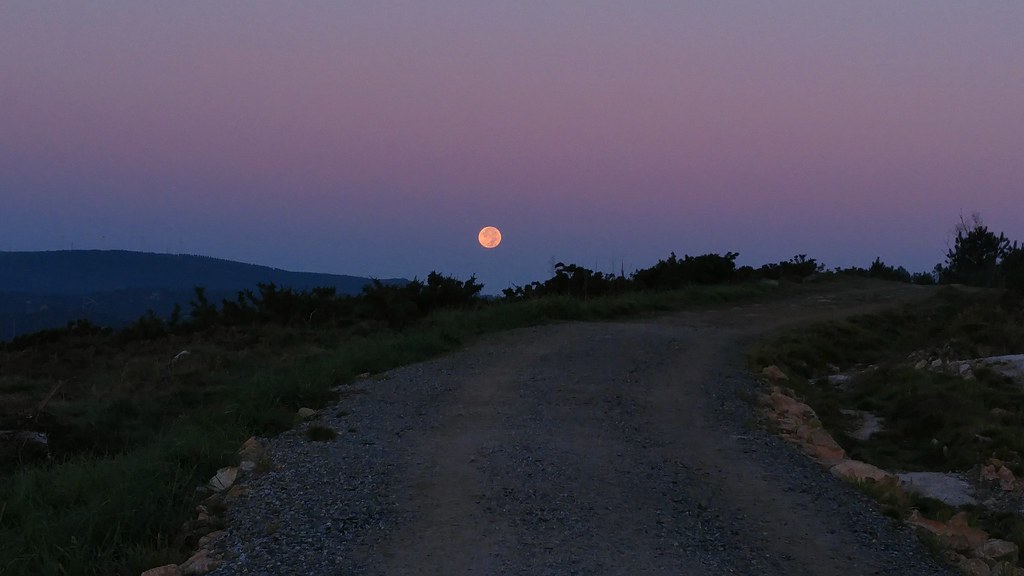
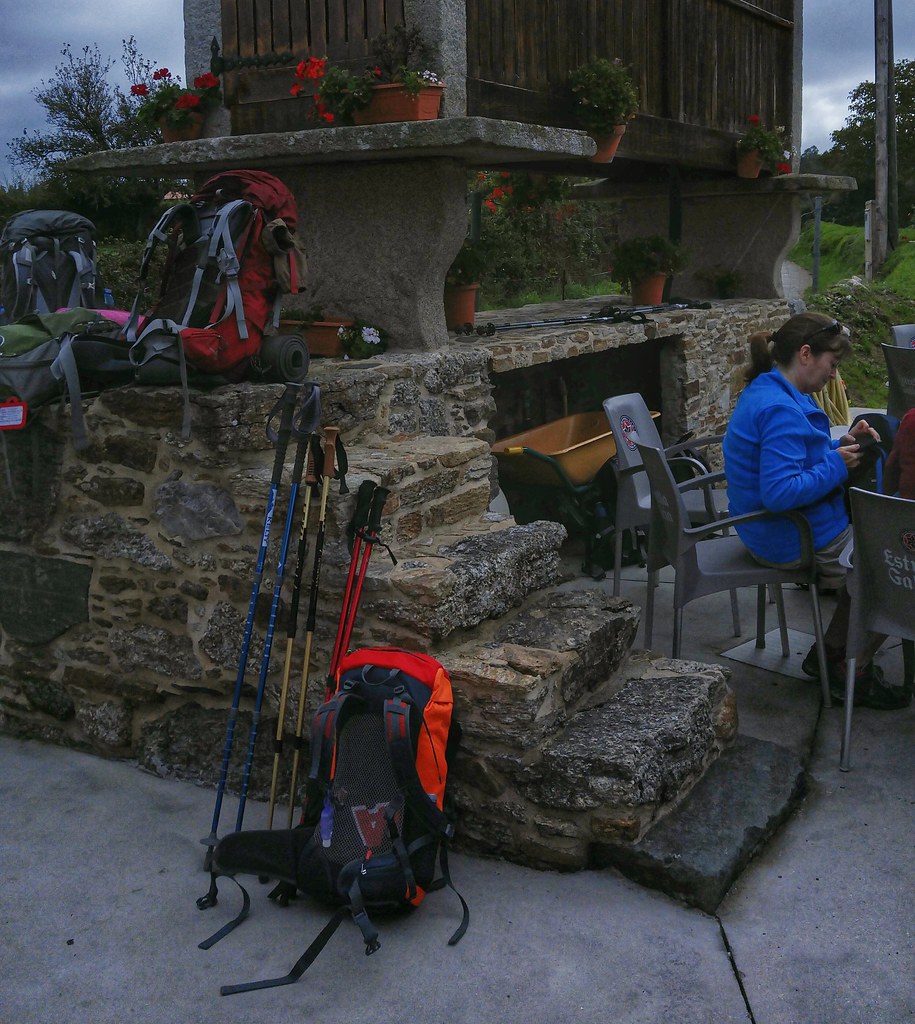
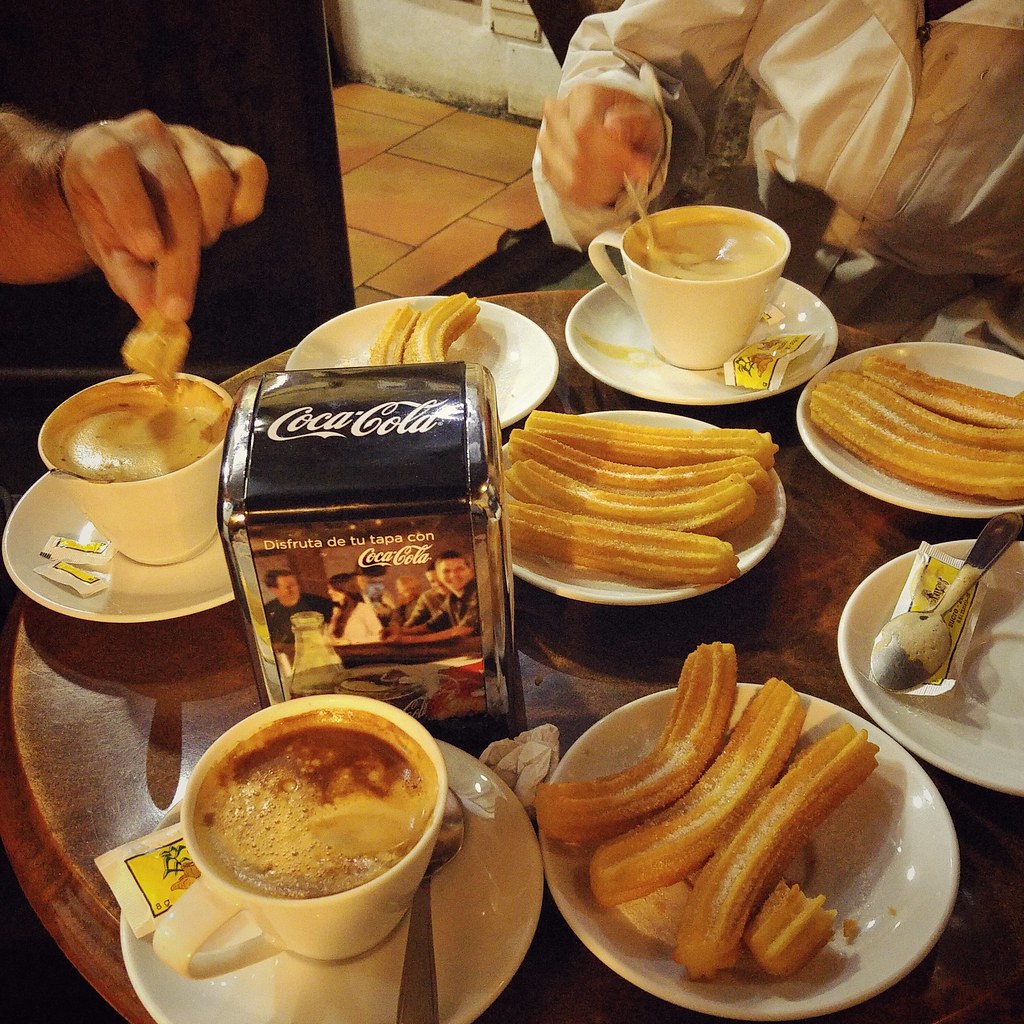
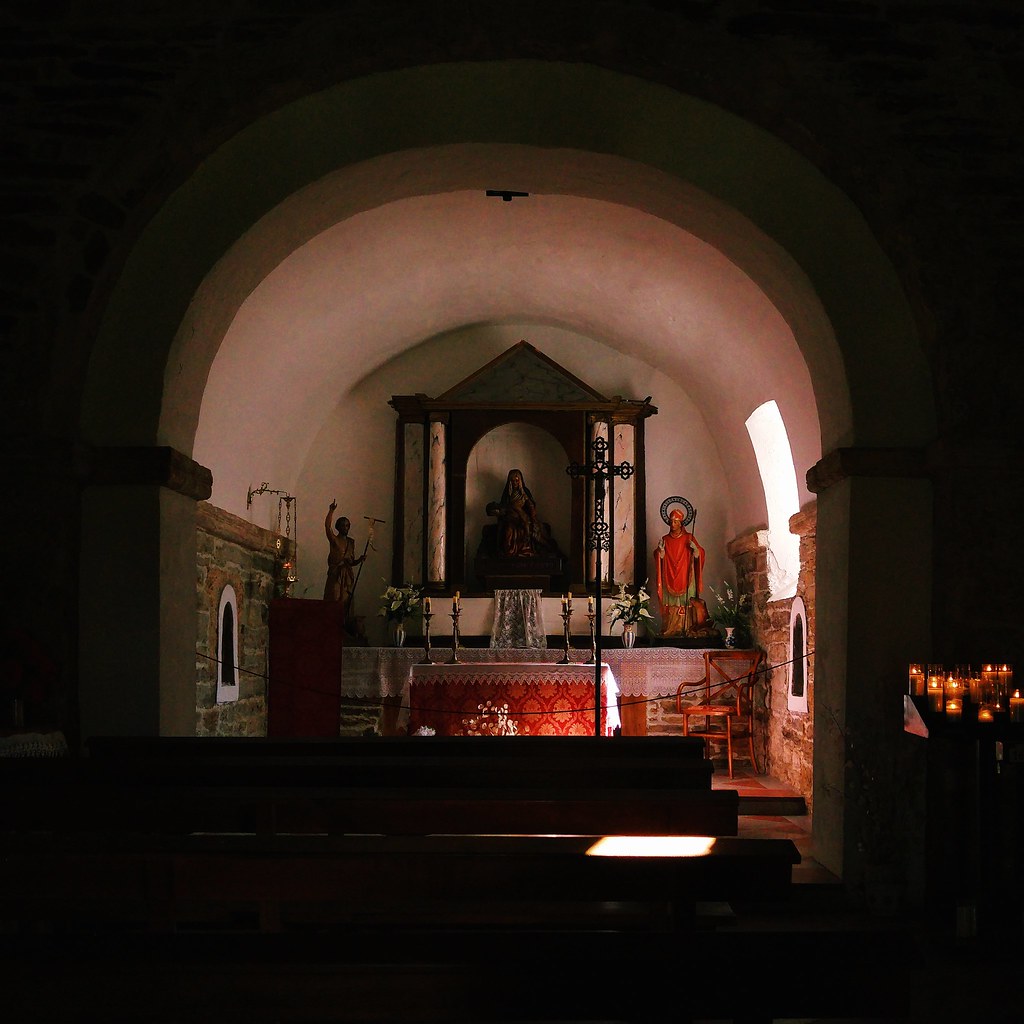


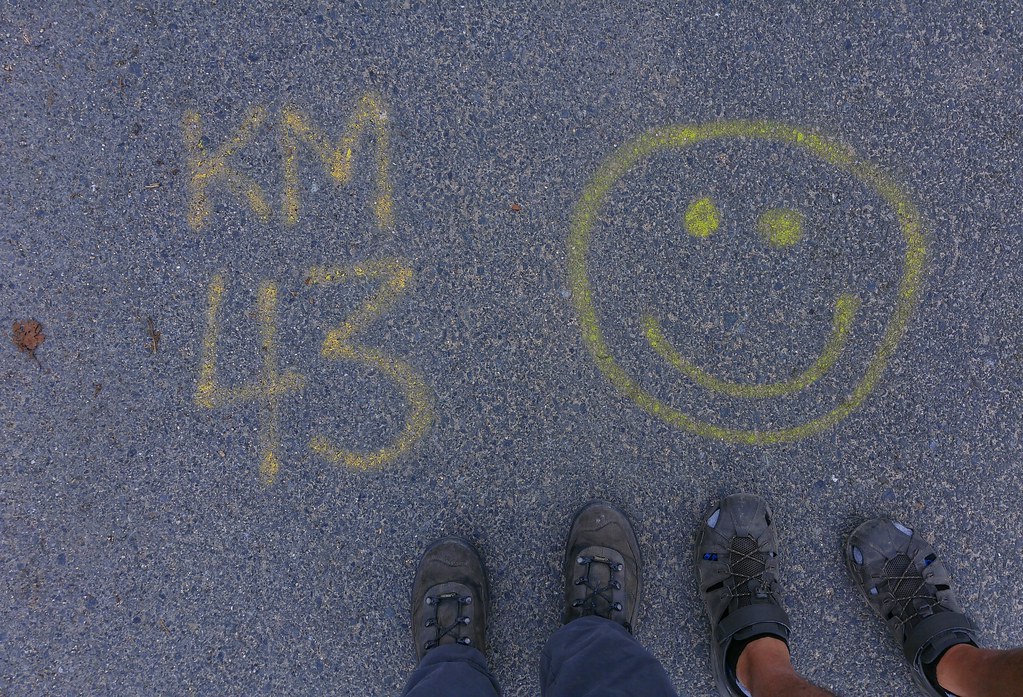
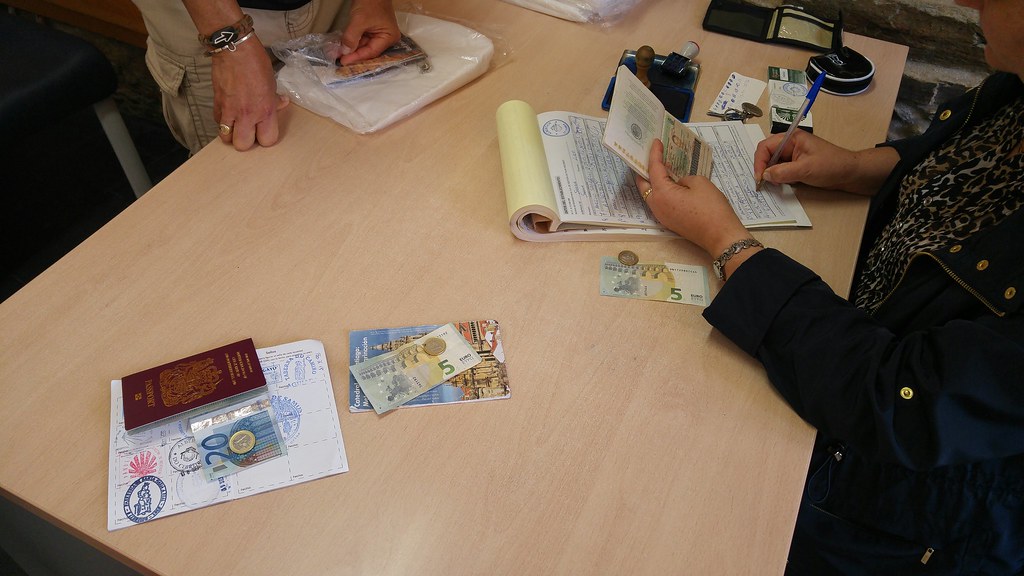
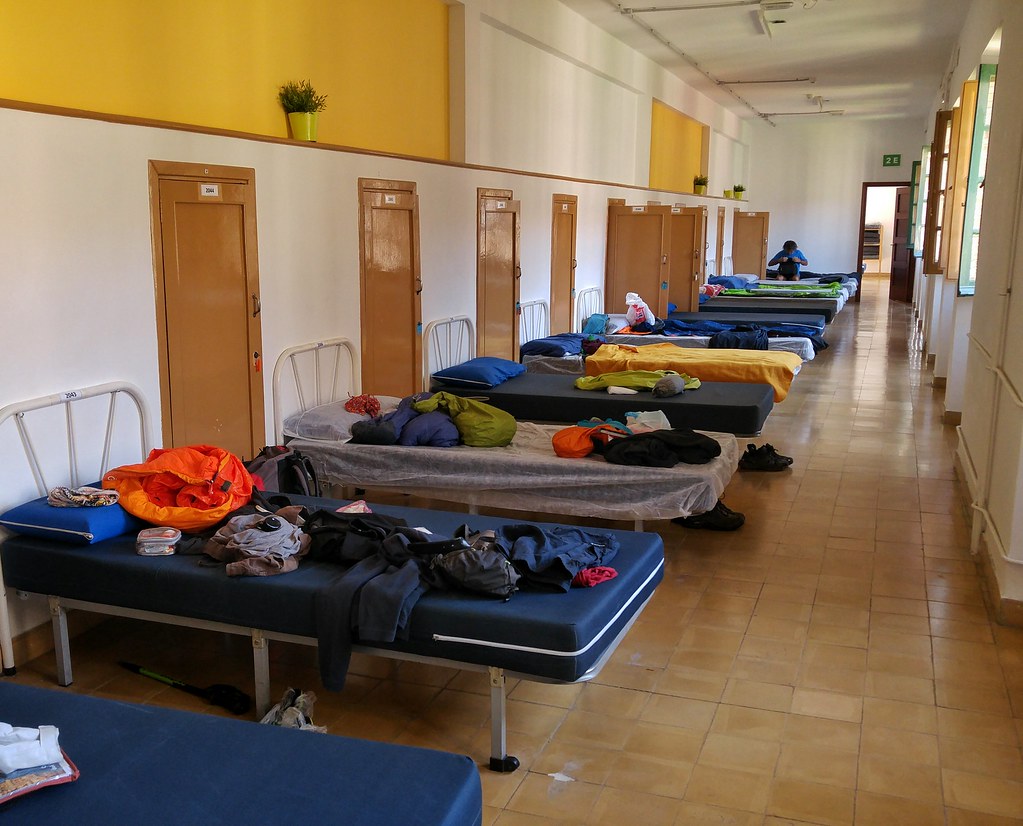
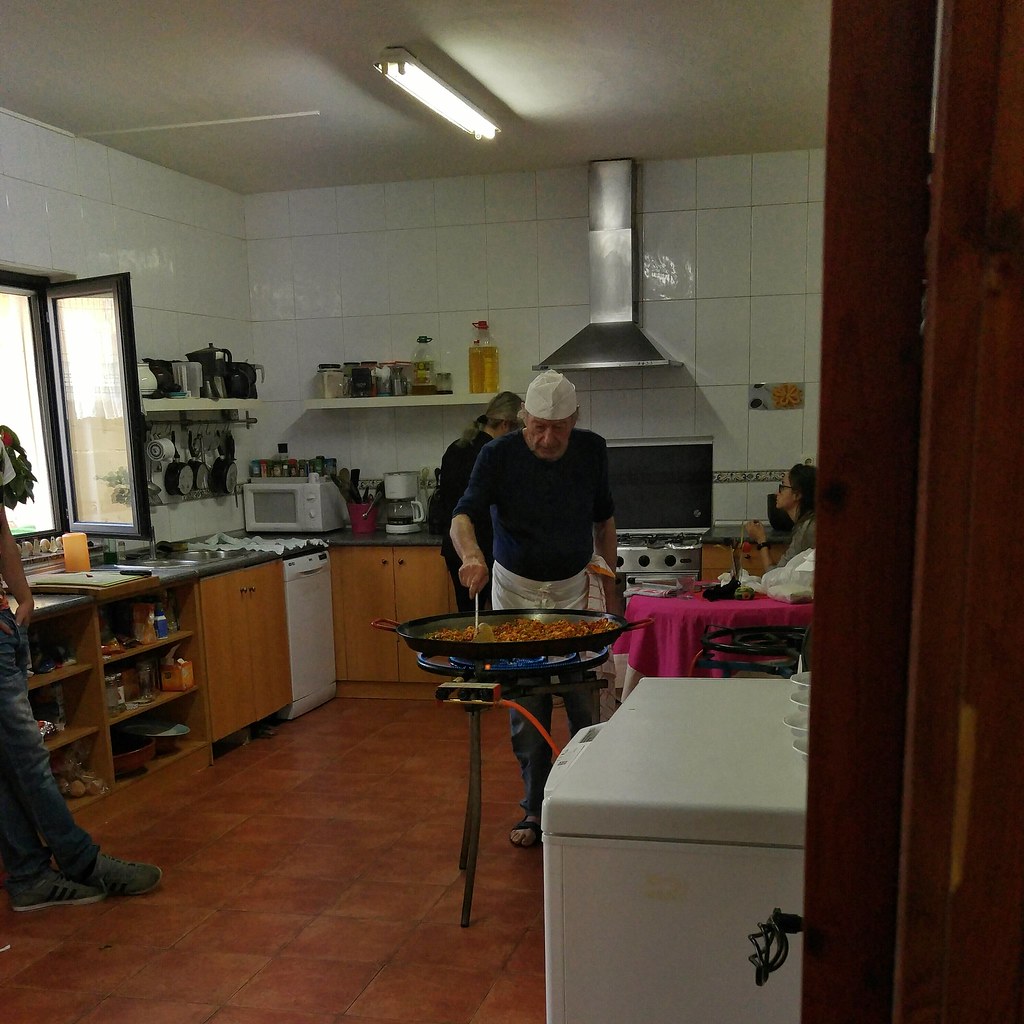


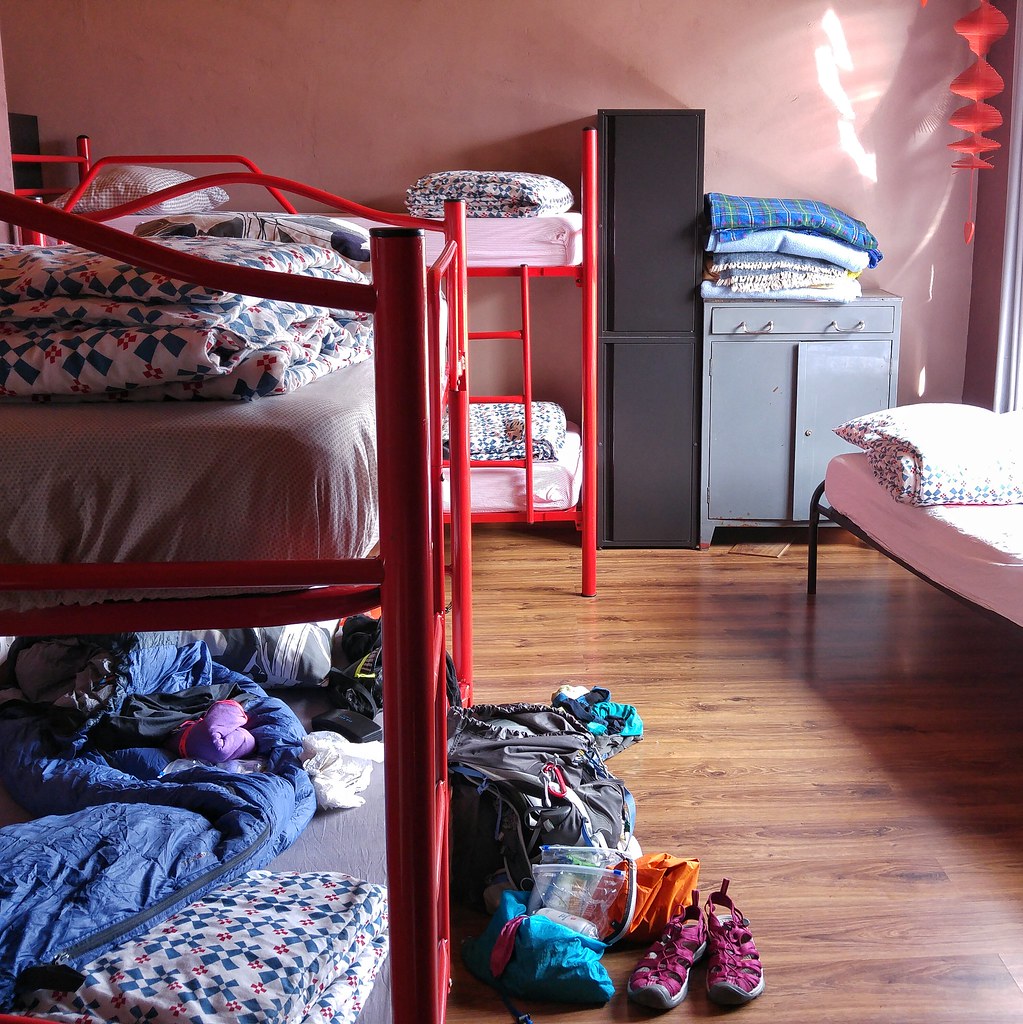
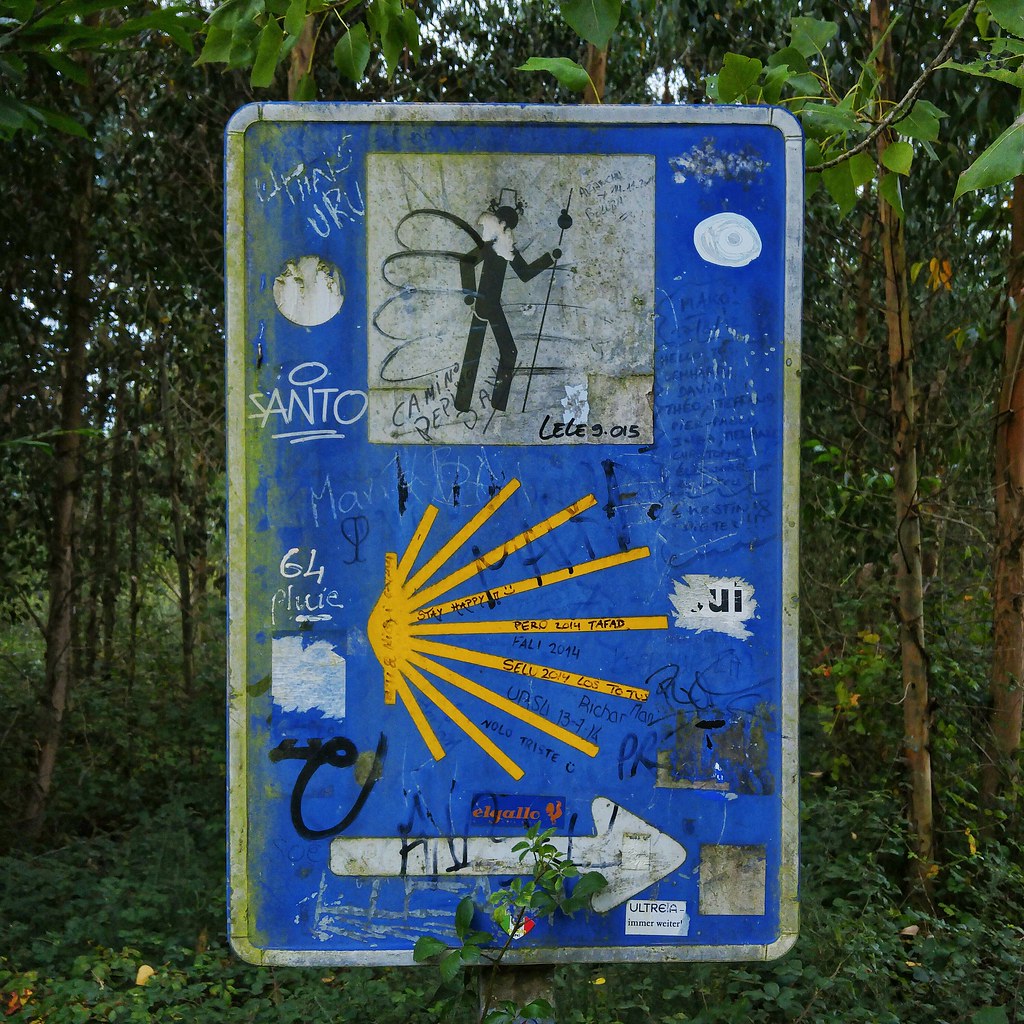
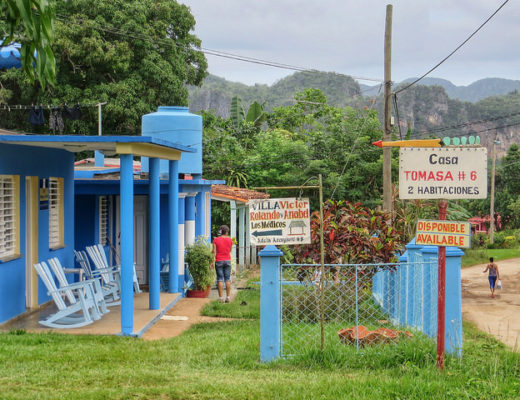
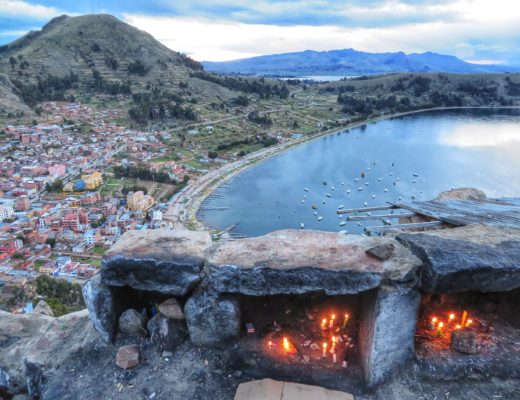
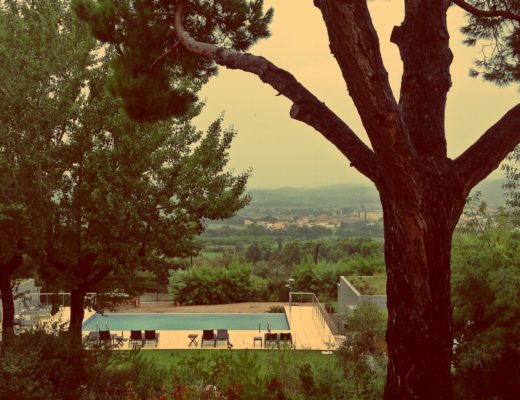
10 Comments
girlonawing
November 23, 2015 at 3:37 amReally enjoyed this post, looking forward to hiking the camino as well.
Flora
November 23, 2015 at 10:56 amSo glad you enjoyed it! Best of luck with your Camino journey 🙂
Dudhwa National Park
November 25, 2015 at 9:06 amWow!! Its Camino, I love this place, but till now i had not been there..But will go soon..
Flora
December 7, 2015 at 12:57 pmFantastic news! I’m sure you’ll have a fantastic time on the Camino!
Jessi P (2Feet1World)
November 25, 2015 at 1:59 pmLoving these posts Flora – it’s so fascinating to read all those little details.
Flora
December 7, 2015 at 12:57 pmThanks so much for reading Jessi! Glad you enjoyed it 🙂
awanderphile
November 29, 2015 at 4:30 amGreat post Flora! It brought back a few memories. I did the Camino Frances last year and am doing the European Peace Walk in July. This long distance walking thing is addictive….
Flora
December 7, 2015 at 12:55 pm..and now you’ve got me researching the European Peace Walk! I’ve definitely caught the long distance walking bug :p
Francisco Ortiz
December 27, 2015 at 6:41 pmLoved the details! Just came back from Spain, went pretty much all over, but The Camino is still on my bucket list. Met some people that have done it, read a lot about it, and everyone says it’s an amazing experience, can’t wait to do it the next time I’ll go to Europe!
Flora
December 29, 2015 at 1:17 pmYou should definitely try it out Francisco – it’s a fantastic way to see a totally new side of Spain, too!